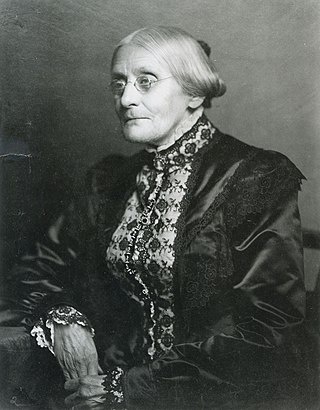
Susan B. Anthony was an American social reformer and women's rights activist who played a pivotal role in the women's suffrage movement. Born into a Quaker family committed to social equality, she collected anti-slavery petitions at the age of 17. In 1856, she became the New York state agent for the American Anti-Slavery Society.

The Declaration of Sentiments, also known as the Declaration of Rights and Sentiments, is a document signed in 1848 by 68 women and 32 men—100 out of some 300 attendees at the first women's rights convention to be organized by women. Held in Seneca Falls, New York, the convention is now known as the Seneca Falls Convention. The principal author of the Declaration was Elizabeth Cady Stanton, who modeled it upon the United States Declaration of Independence. She was a key organizer of the convention along with Lucretia Coffin Mott, and Martha Coffin Wright.
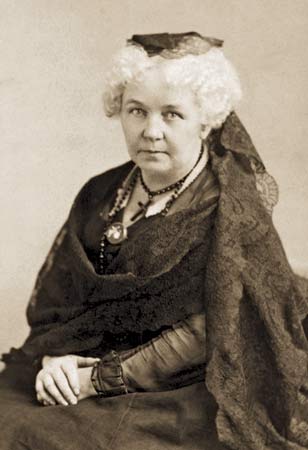
Elizabeth Cady Stanton was an American writer and activist who was a leader of the women's rights movement in the U.S. during the mid- to late-19th century. She was the main force behind the 1848 Seneca Falls Convention, the first convention to be called for the sole purpose of discussing women's rights, and was the primary author of its Declaration of Sentiments. Her demand for women's right to vote generated a controversy at the convention but quickly became a central tenet of the women's movement. She was also active in other social reform activities, especially abolitionism.

The Seneca Falls Convention was the first women's rights convention. It advertised itself as "a convention to discuss the social, civil, and religious condition and rights of woman". Held in the Wesleyan Chapel of the town of Seneca Falls, New York, it spanned two days over July 19–20, 1848. Attracting widespread attention, it was soon followed by other women's rights conventions, including the Rochester Women's Rights Convention in Rochester, New York, two weeks later. In 1850 the first in a series of annual National Women's Rights Conventions met in Worcester, Massachusetts.
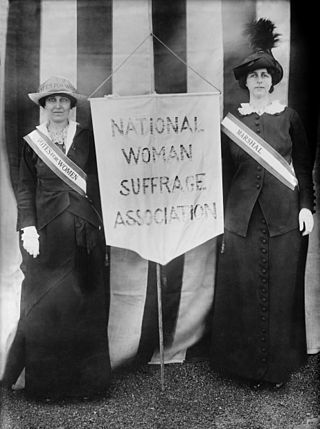
The National Woman Suffrage Association (NWSA) was formed on May 15, 1869, to work for women's suffrage in the United States. Its main leaders were Susan B. Anthony and Elizabeth Cady Stanton. It was created after the women's rights movement split over the proposed Fifteenth Amendment to the U. S. Constitution, which would in effect extend voting rights to black men. One wing of the movement supported the amendment while the other, the wing that formed the NWSA, opposed it, insisting that voting rights be extended to all women and all African Americans at the same time.

Paulina Wright Davis was an American abolitionist, suffragist, and educator. She was one of the founders of the New England Woman Suffrage Association.

Martha Coffin Wright was an American feminist, abolitionist, and signatory of the Declaration of Sentiments who was a close friend and supporter of Harriet Tubman.

The United States Capitol building features a central rotunda below the Capitol dome. Built between 1818 and 1824, the rotunda has been described as the Capitol's "symbolic and physical heart".

Winnifred Harper Cooley was an American author and lecturer.
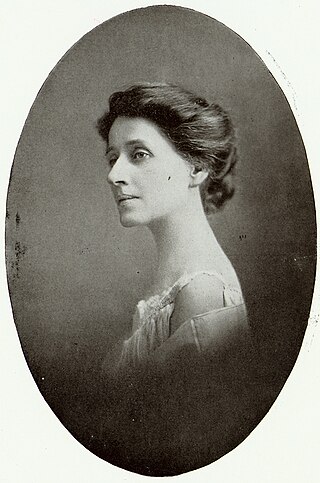
Adelaide Johnson (1859–1955) was an American sculptor whose work is displayed in the U.S. Capitol and a feminist who was devoted to the cause of equality of women. She was known as the "sculptor of the women's movement".
The National Women's Rights Convention was an annual series of meetings that increased the visibility of the early women's rights movement in the United States. First held in 1850 in Worcester, Massachusetts, the National Women's Rights Convention combined both female and male leadership and attracted a wide base of support including temperance advocates and abolitionists. Speeches were given on the subjects of equal wages, expanded education and career opportunities, women's property rights, marriage reform, and temperance. Chief among the concerns discussed at the convention was the passage of laws that would give women the right to vote.

Lucretia Mott was an American Quaker, abolitionist, women's rights activist, and social reformer. She had formed the idea of reforming the position of women in society when she was amongst the women excluded from the World Anti-Slavery Convention held in London in 1840. In 1848, she was invited by Jane Hunt to a meeting that led to the first public gathering about women's rights, the Seneca Falls Convention, during which the Declaration of Sentiments was written.
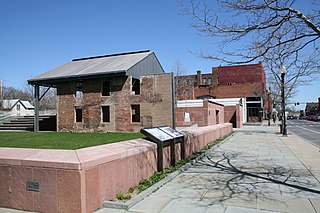
The Women's Rights National Historical Park is a United States National Historical Park in Seneca Falls and Waterloo, New York, United States. Founded by an act of Congress in 1980 and first opened in 1982, the park was gradually expanded through purchases over the decades that followed. It recognizes the site of the 1848 Seneca Falls Convention, the first women's rights convention, and the homes of several women's rights activists.

The American Equal Rights Association (AERA) was formed in 1866 in the United States. According to its constitution, its purpose was "to secure Equal Rights to all American citizens, especially the right of suffrage, irrespective of race, color or sex." Some of the more prominent reform activists of that time were members, including women and men, blacks and whites.

The Rochester Women's Rights Convention of 1848 met on August 2, 1848 in Rochester, New York. Many of its organizers had participated in the Seneca Falls Convention, the first women's rights convention, two weeks earlier in Seneca Falls, a smaller town not far away. The Rochester convention elected Abigail Bush as its presiding officer, making it the first U.S. public meeting composed of both sexes to be presided by a woman. This controversial step was opposed even by some of the meeting's leading participants. The convention approved the Declaration of Sentiments that had first been introduced at the Seneca Falls Convention, including the controversial call for women's right to vote. It also discussed the rights of working women and took steps that led to the formation of a local organization to support those rights.
Pamela (Pam) Elam is a retired attorney and feminist activist who has worked for both women's and LGBT rights throughout her career. Elam was born in Kentucky, where she gained her undergraduate degree and JurisDoctorate before moving to New York to pursue her master's degree. Since, she has influenced New York governance through professional offices and activist organizations, and represented the LGBT community as an open lesbian since the late 1970s. Since retiring from government work, she has continued her activism through projects promoting women's visibility in New York City.

Hazel MacKaye was an American theater professional and advocate of women's suffrage. She is best known for helping present a series of pageants in support of women's suffrage.

The Women's Rights Pioneers Monument is a sculpture by Meredith Bergmann. It was installed in Central Park, Manhattan, New York City, on August 26, 2020. The sculpture is located at the northwest corner of Literary Walk along The Mall, the widest pedestrian path in Central Park. The sculpture commemorates and depicts Sojourner Truth, Susan B. Anthony (1820–1906), and Elizabeth Cady Stanton (1815–1902), pioneers in the suffrage movement who advocated women's right to vote and who were pioneers of the larger movement for women's rights.
A bronze sculpture of Elizabeth Cady Stanton was installed in Johnstown's Sir William Johnson Park, in the U.S. state of New York, in 2021.















